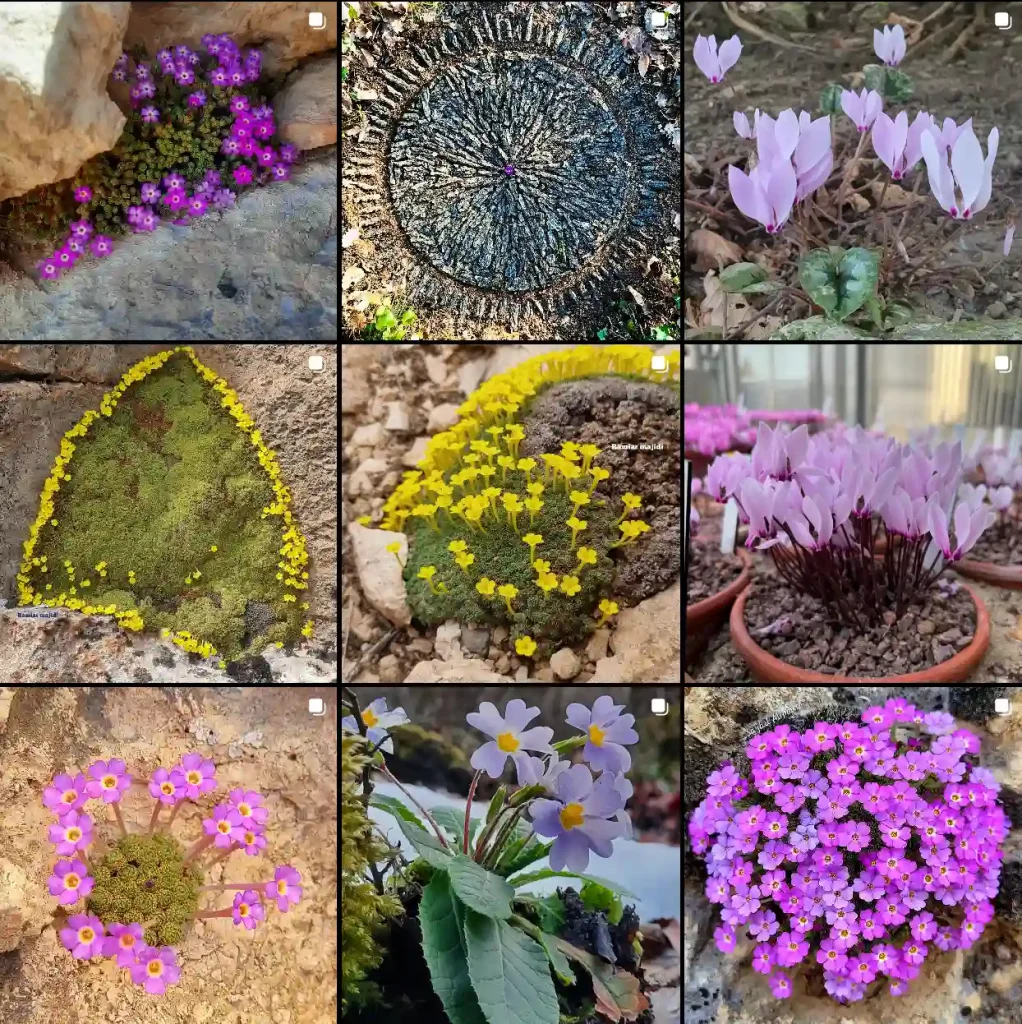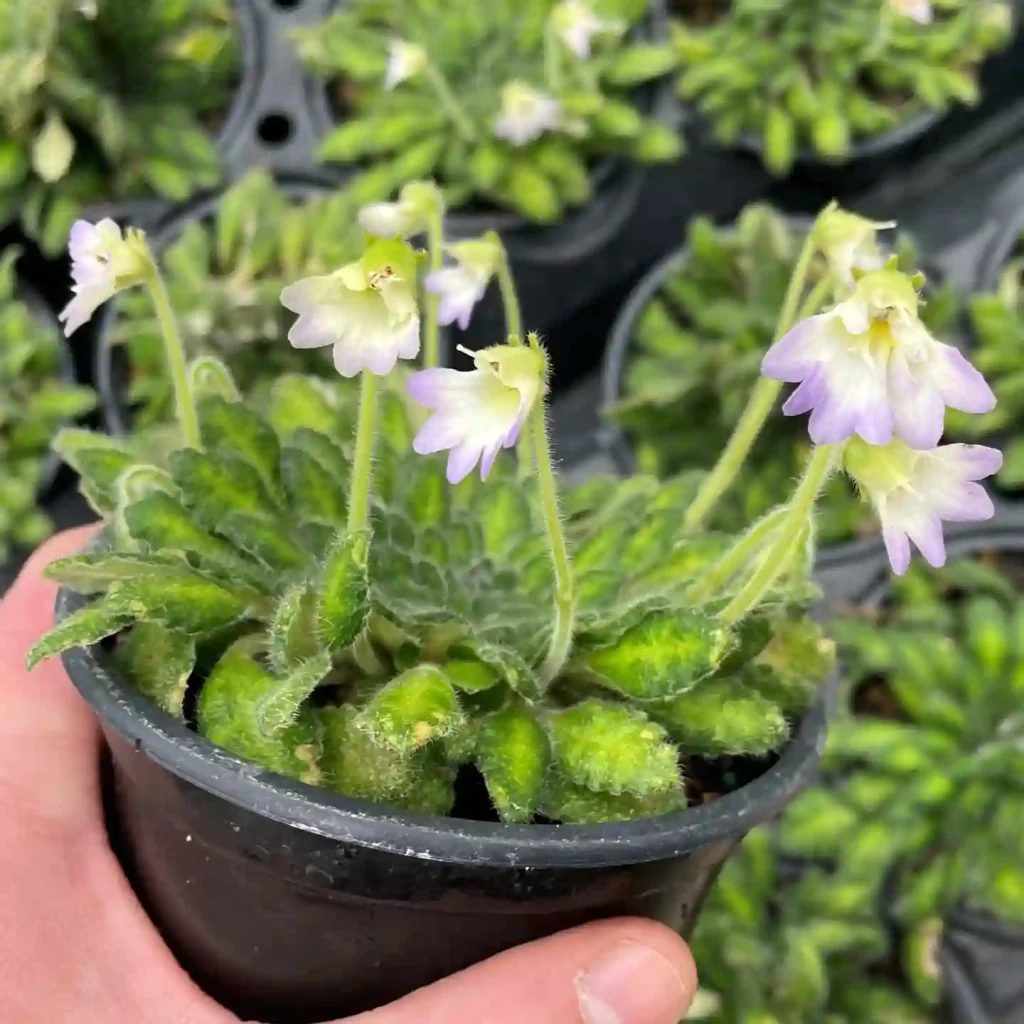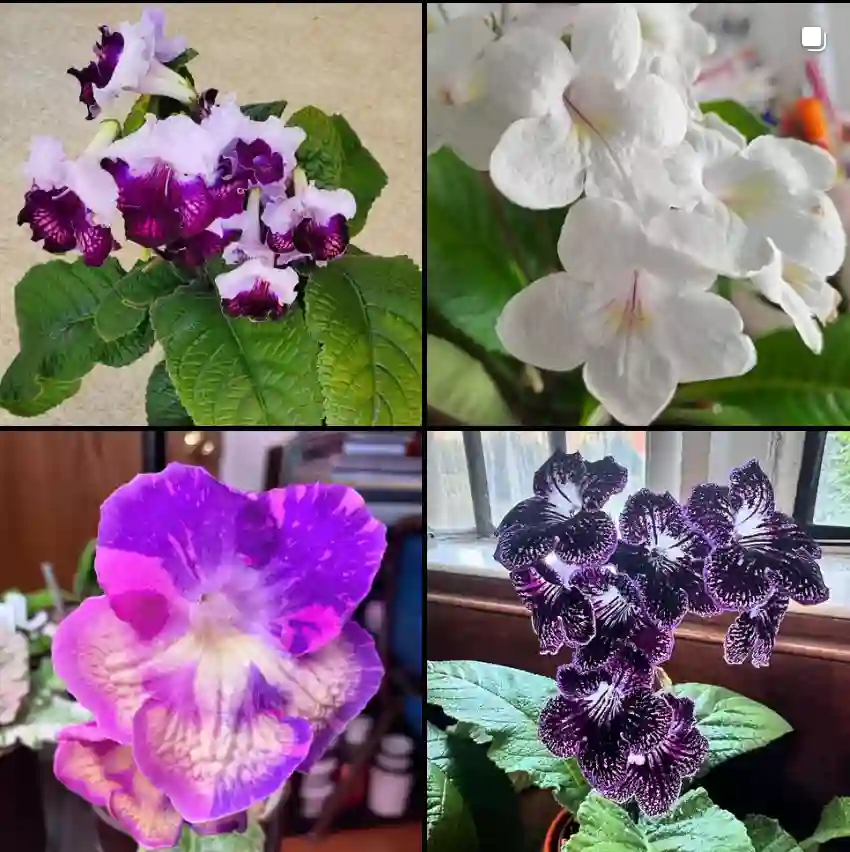When it comes to picking a Christmas tree, the White Pine Christmas Tree often catches my eye. It has a soft, delicate appearance that brings a touch of elegance to holiday decor. But it’s not just about looks—there’s a lot to consider when choosing the right Christmas tree. Over the years, I’ve noticed that many people have the same questions about White Pine Christmas Trees. So, I’m here to answer those frequently asked questions based on my experience.
What Does a White Pine Christmas Tree Look Like?
The White Pine Christmas Tree has a unique appearance that stands out from other types of Christmas trees. It features long, soft needles that are grouped in clusters of five. The needles are typically a blue-green color, which adds a frosty, wintery feel to any room. Unlike some of the more traditional Christmas trees, the White Pine has a soft, feathery texture. This makes it a favorite for those who prefer a more graceful, airy look in their holiday decorations. The branches are not as dense as some other trees, so if you’re looking to display heavy ornaments, this might be something to consider.
How Long Do White Pine Christmas Trees Last?
One of the key considerations when choosing a Christmas tree is how long it will last. From my experience, White Pine Christmas Trees are quite durable if properly cared for. Generally, they can last around four to six weeks. This makes them a great choice if you like to put your tree up early in the season. However, keeping them fresh requires a bit of attention to detail, which leads me to the next question.
How to Care for a White Pine Christmas Tree?
Caring for a White Pine Christmas Tree is essential if you want it to last through the holiday season. Here’s what I’ve found works best:
- Watering: The most important aspect of care is keeping the tree hydrated. As soon as you bring your tree home, make a fresh cut at the base of the trunk and place it in water. Keep the water level above the cut at all times to prevent the tree from drying out. White Pines tend to drink a lot of water, especially in the first few days.
- Placement: Avoid placing your White Pine Christmas Tree near heat sources, like radiators, fireplaces, or direct sunlight. The heat can dry out the needles, causing them to drop prematurely.
- Humidity: If you live in a dry climate, consider using a humidifier in the room where your tree is located. This can help keep the needles from drying out too quickly.
- Ornaments: Since White Pines have softer branches, it’s best to use lightweight ornaments. Heavy decorations can weigh down the branches, causing them to droop.
By following these simple steps, you can ensure your White Pine Christmas Tree stays fresh and beautiful throughout the holiday season.
Scotch Pine vs. White Pine Christmas Tree
A common debate I’ve heard over the years is the choice between Scotch Pine and White Pine Christmas Trees. Both have their merits, but they’re quite different in terms of appearance and maintenance.
- Scotch Pine: This tree is known for its sturdy branches and classic, full shape. The needles are shorter and much stiffer than those of a White Pine, making it a good choice for heavy ornaments. Additionally, Scotch Pine trees are extremely resilient and can hold onto their needles even when they start to dry out. They also have a more traditional, dense appearance that many people love for Christmas.
- White Pine: As I mentioned earlier, the White Pine has a softer, more delicate appearance. The long, feathery needles give it a unique charm. However, the softer branches aren’t as well-suited for heavy ornaments, so you’ll need to be more selective about your decorations. White Pine trees also have less fragrance compared to Scotch Pine, which may be a consideration if the scent of a Christmas tree is important to you.
Choosing between the two comes down to personal preference—whether you prioritize a strong, traditional look or a softer, more graceful aesthetic.
How to Propagate a White Pine?
If you’re interested in propagating White Pines, it’s a bit more complex than your standard garden plant. Propagation is usually done by seed. Here’s how it works:
- Collect Seeds: White Pine seeds are found in cones. Collect mature cones in the fall and allow them to dry out so the seeds can be easily extracted.
- Stratification: To simulate the winter conditions that White Pine seeds need to germinate, they should be stored in a moist medium (like sand) in the refrigerator for a few months.
- Planting: After stratification, plant the seeds in well-draining soil and keep them moist. Germination can take several weeks.
While this process can be rewarding, it’s time-consuming and requires patience.
What to Plant with a White Pine?
In the landscape, White Pines make excellent companion plants due to their towering height and soft needles. They can be paired with shade-loving perennials like hostas and ferns. Additionally, the dense foliage at the base of mature White Pines can provide a great backdrop for more colorful shrubs like rhododendrons or azaleas. Just remember that White Pines prefer well-drained, acidic soil, so choose companion plants that thrive in similar conditions.
Final Thoughts
The White Pine Christmas Tree is a beautiful choice for the holidays, offering a soft, elegant look. With proper care, it can last through the season and bring a unique charm to your holiday decor. Whether you prefer it over the sturdy Scotch Pine or are looking for a tree that adds a gentle, feathery touch to your home, the White Pine is definitely worth considering.
So, if you’re like me and appreciate a tree that stands out from the crowd, give the White Pine Christmas Tree a try this year. You might just fall in love with its delicate beauty.
If i die, water my plants!



